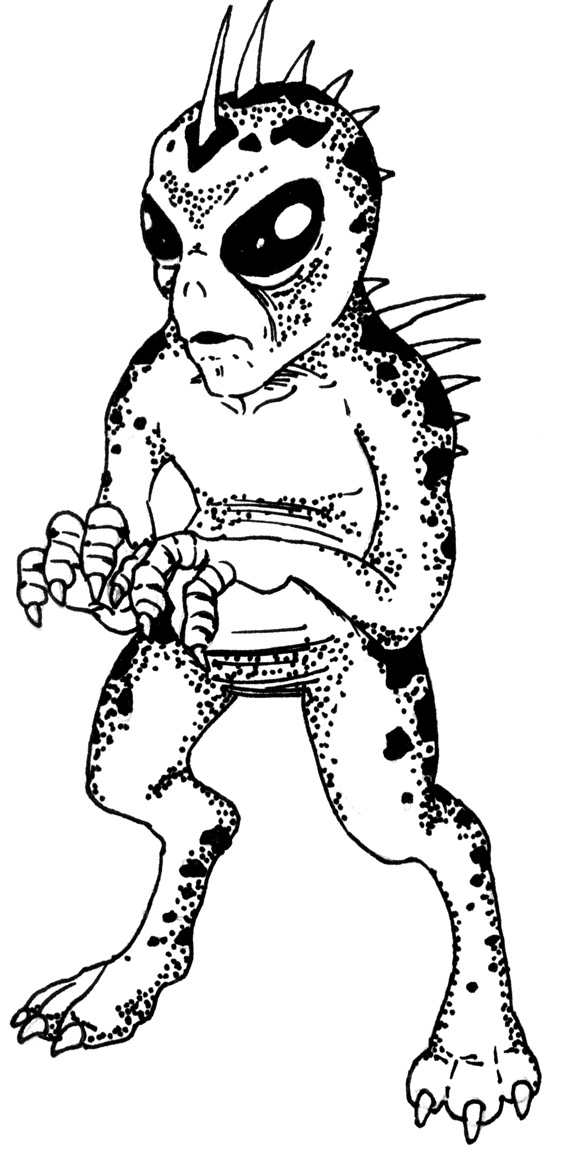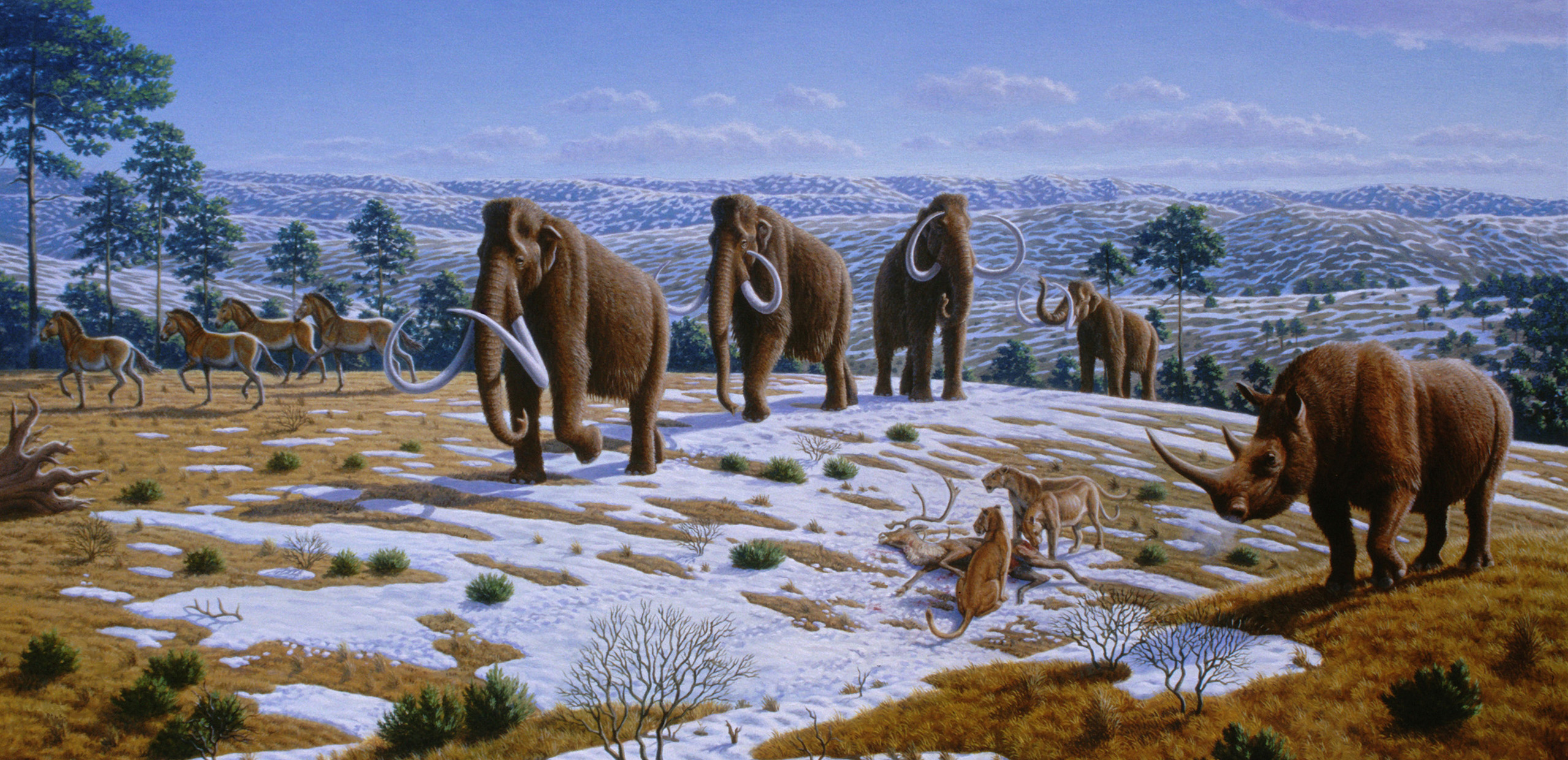

After much conjecture, the Daily Mail reports a farmer in Chile who has actually found and preserved two corpses of the legendary creature. Javier Prohens, a goat farmer, had his lunch suddenly interrupted by farmhand 54-year-old Bricio Saldivar who was very agitated. He took them to the corpses of these bizarre creatures outside of Monte Patria. The remains were unlike anything they had ever seen.


In the Museum we have a display of several pieces of evidence for Bigfoot. We reported recent evidence where people have heard the creatures in Canada, yet many still deny their existence. Will these bodies help people to take the chupacabra legends more seriously?
More updates as they become available. Come visit the Museum of the Weird to see our evidence for mysterious creatures.




